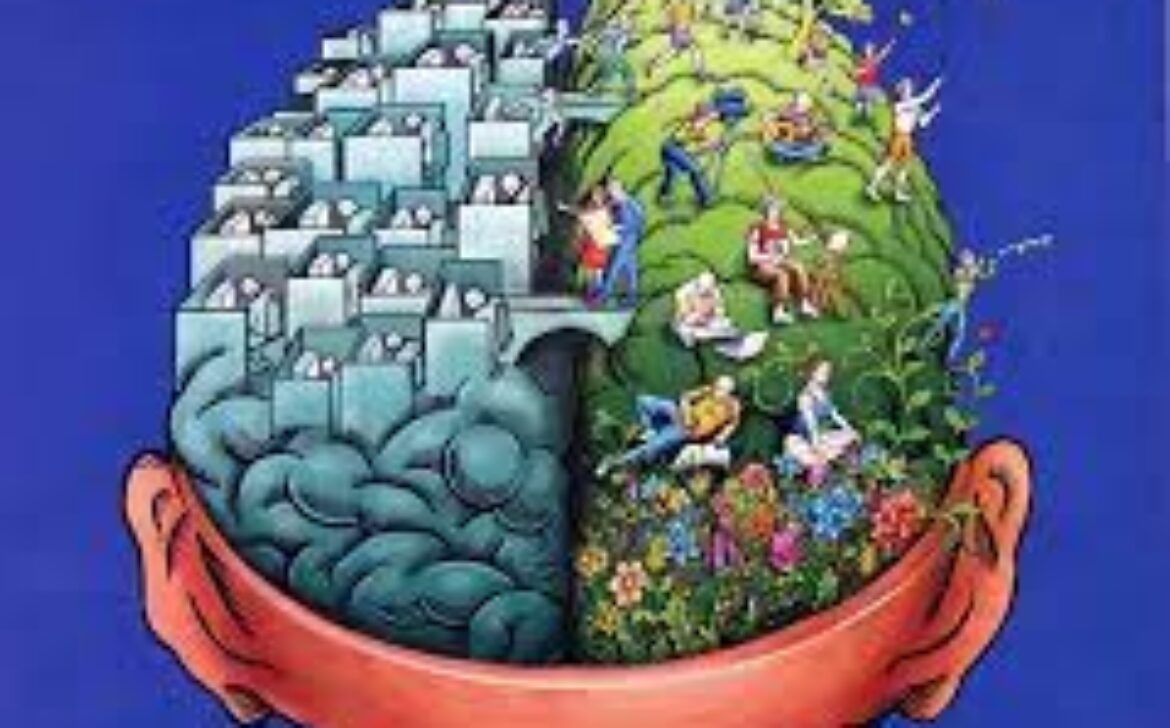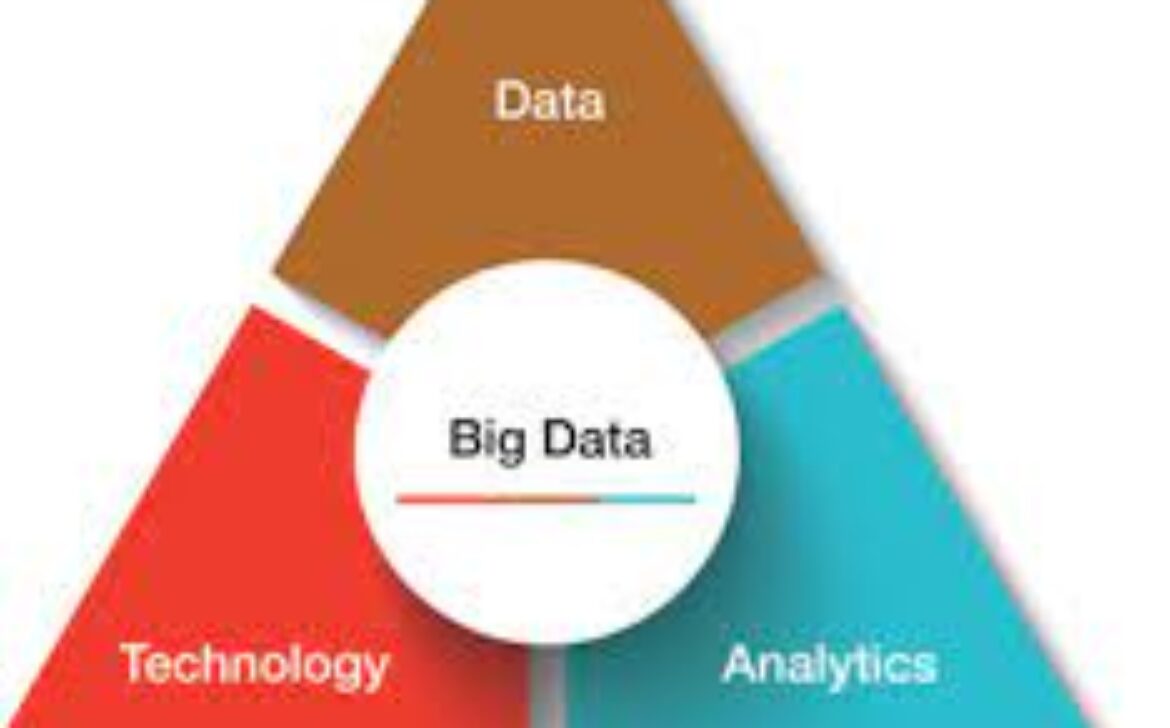Exploring the World of Backend Web Development
Introduction
While frontend development focuses on creating visually appealing user interfaces, backend web development powers the functionality and behind-the-scenes magic that make websites and applications work seamlessly. In this blog, we’ll take a deep dive into the realm of backend web development, uncovering its role, technologies, and the intricate systems that form the backbone of the digital world.
- Defining Backend Web Development
Backend web development involves building and maintaining the server-side components of a website or application. It’s responsible for handling data storage, processing, and communication with the frontend, ensuring a smooth user experience.
- Server-Side Languages
Backend developers use server-side programming languages like Python, Ruby, PHP, Java, and Node.js to create the logic that powers web applications. These languages handle data manipulation, user authentication, and communication with databases.
- Databases and Data Management
Databases are the heart of backend development, storing and managing data. Technologies like MySQL, PostgreSQL, MongoDB, and Redis enable developers to organize, retrieve, and update information efficiently.
- APIs: Bridging Frontend and Backend
Application Programming Interfaces (APIs) act as intermediaries between the frontend and backend, allowing data exchange and functionality integration. RESTful APIs and GraphQL enable seamless communication.
- Server Management
Backend developers manage servers to ensure optimal performance and security. They configure server environments, handle load balancing, and implement security protocols to safeguard data.
- Frameworks and Libraries
Backend developers use frameworks and libraries like Express.js (for Node.js), Django (for Python), and Ruby on Rails (for Ruby) to streamline development, handle routing, and provide essential functionality.
- Security Measures
Backend development involves implementing security measures to protect data and prevent unauthorized access. This includes encryption, authentication mechanisms, and implementing best practices to mitigate vulnerabilities.
- Scaling and Performance
As web applications grow, backend developers ensure scalability and performance. Techniques like caching, database optimization, and distributed systems architecture are crucial for handling increased user traffic.
- Content Management Systems (CMS)
Backend developers often work with Content Management Systems like WordPress, Drupal, or Joomla, enabling content creation and management for websites without extensive coding.
- Continuous Integration and Deployment
Backend developers collaborate with DevOps teams to automate the deployment process. Continuous Integration (CI) and Continuous Deployment (CD) ensure smooth updates and releases.
Conclusion
Backend web development is the unsung hero that powers the dynamic web experiences we enjoy daily. From server-side languages to databases, APIs, and security measures, backend developers create the infrastructure that enables applications to function seamlessly. Their work ensures that data is processed, stored, and delivered efficiently, providing the foundation for user interactions. Whether you’re drawn to the complexities of server management or the challenge of optimizing performance, backend web development offers a rewarding journey into the intricate workings of the digital realm.










